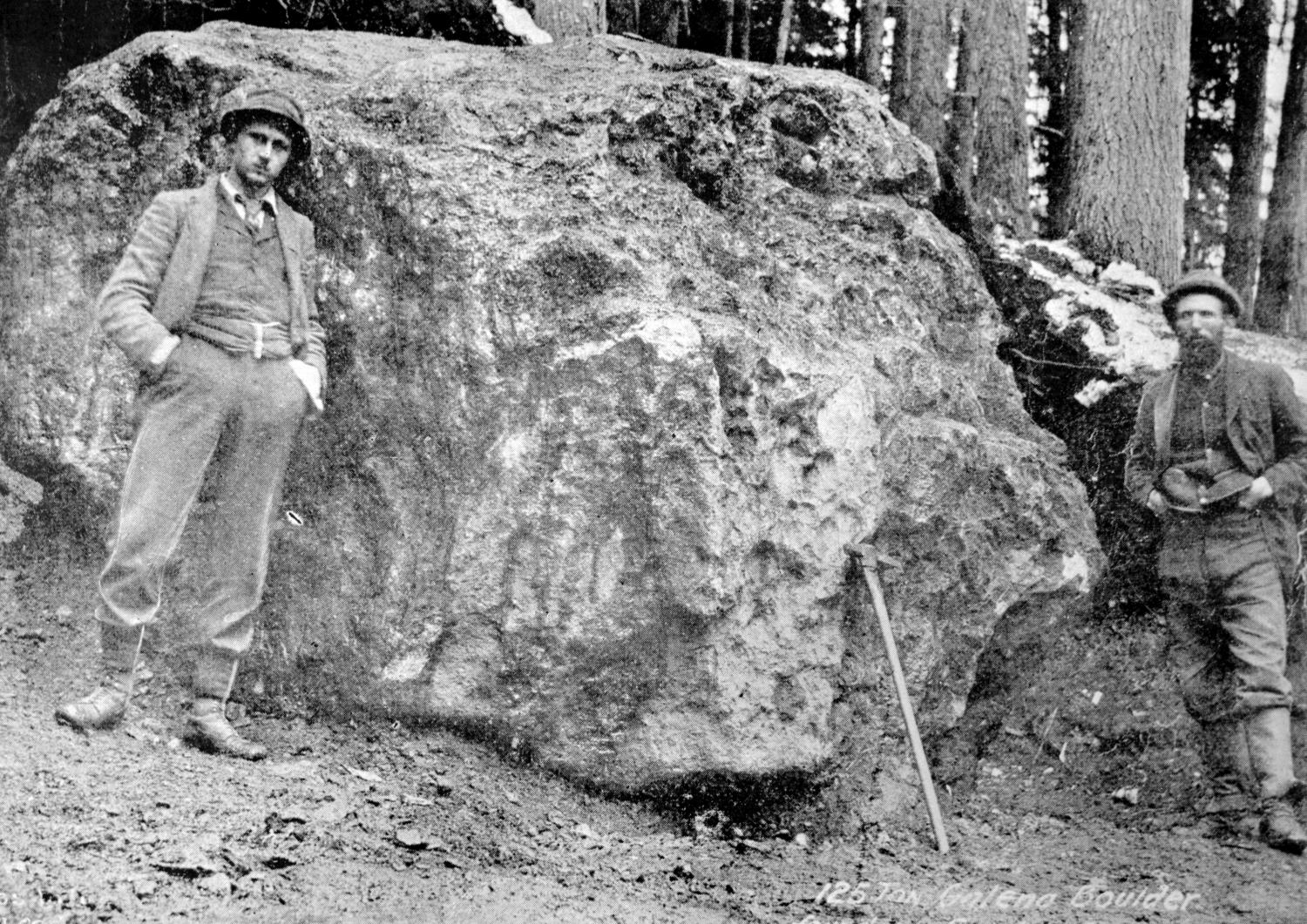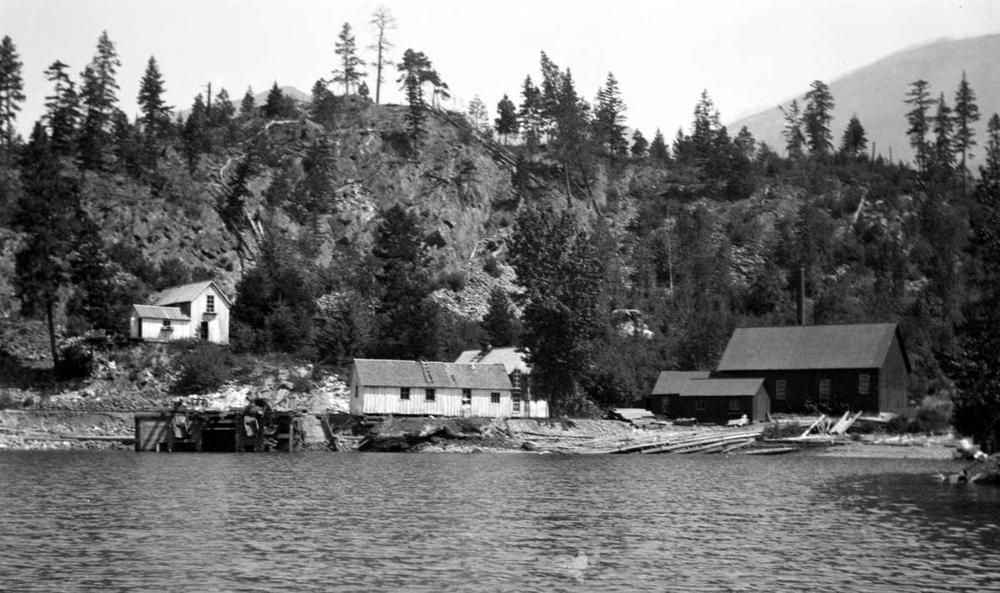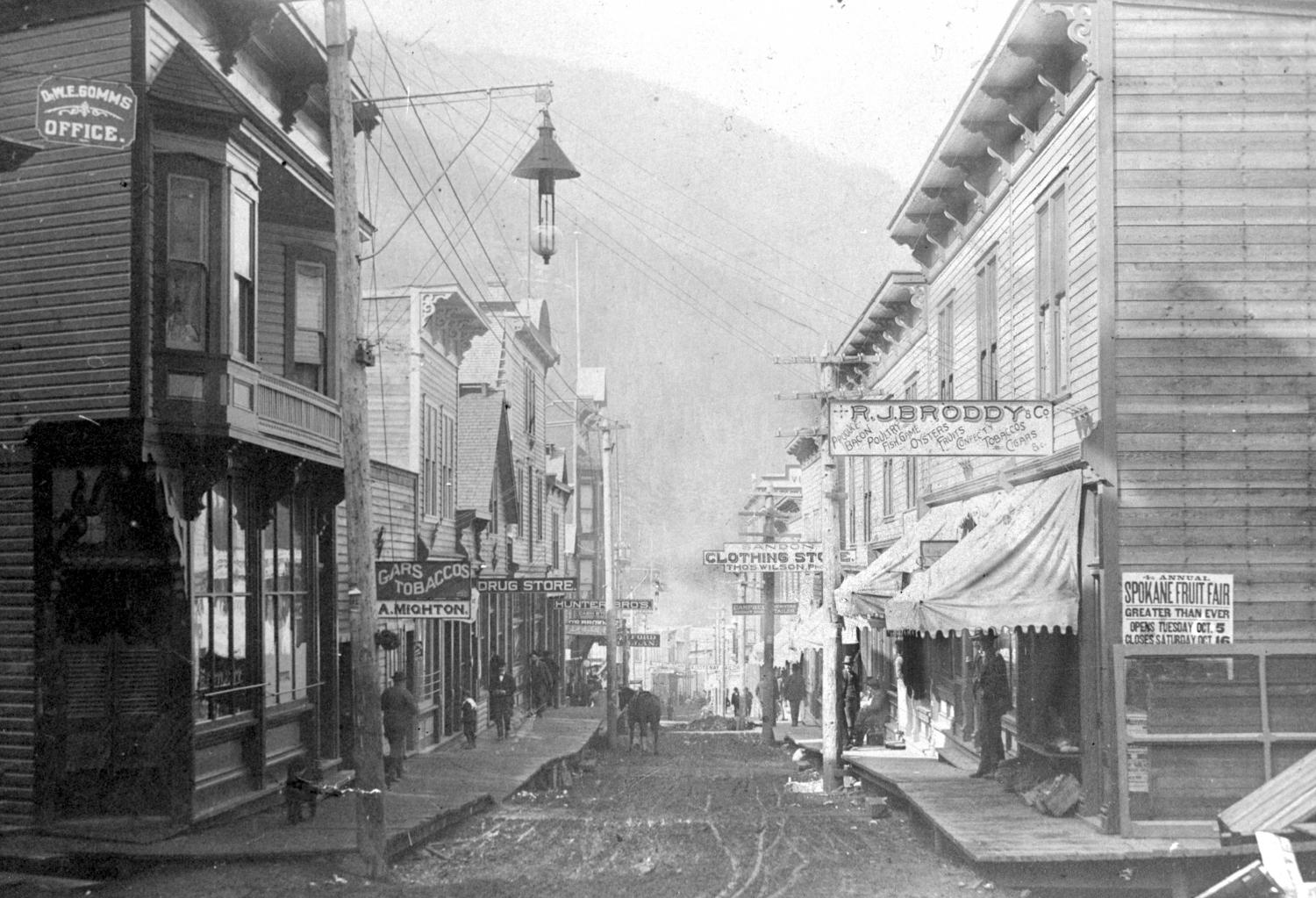Kootenay Silver Rush
The “Silvery Slocan” ushers in a decade of frontier opulence
Date: 1891
The Kootenay region in southeastern British Columbia is known for its snowy peaks, hot springs, the clear Arrow Lakes, and the headwaters of the Columbia River. For over 10,000 years, it has served as home to the Ktunaxa (pronounced "k-too-na-ha") people, who would travel annually across the 70,000 square kilometres that made up their traditional territory, which includes parts of modern-day Alberta, Montana, Washington, and Idaho.
But it was also home to large deposits of silver, some of the most abundant in the world. And though speculators knew about the presence of the precious metal as early as the 1840s, the Kootenay rush would only come later, after the 1860 Comstock Lode in Nevada and the 1880s rush in Coeur d'Alene, Idaho. The problem lay in the region's remoteness and its lack of infrastructure, both rendering the process of mining large quantities of silver for sale elsewhere impractical, if not impossible. However, this hurdle would disappear in 1885 as the new Canadian Pacific Railway cut through the Kootenays. Now, mines like the Bluebell in Riondel on Kootenay Lake — whose prodigious ores had compelled feverish speculators to backstab and murder in order to maintain control over them — became destinations for silver miners. Little explored by settlers before they began arriving in 1891, the Kootenays was now dotted with new mining camps-turned-incorporated-towns: Sandon, New Denver, Revelstoke, Nelson, Ainsworth.
In the silver rush that spanned the 1890s, prospectors and merchants flooded into the Kootenays from all over. At first, the silver rush was very American, with fortune-seekers hailing from nearby Washington, Idaho and Montana. But eventually, British immigrants would take over as the bulk of new arrivals. In only a few years, this pocket of B.C. was now brimming with thousands of settlers, its towns full of saloons, hotels, and tennis clubs. Soon, two continental railways ran through the region, and steamboats began providing regular service across the Arrow Lakes. As Canadian historian Cole Harris put it, the area's new residents "lived with memories of somewhere else." Sandon was the 'Paris of the West.' Nelson was crowned the 'Queen of the Kootenays.' It was a decade of grandeur, arriving seemingly overnight.
But the opulence was not good news for everyone. As interest in the Kootenays grew, the Ktunaxa people were forced from their lands onto small reserves. Their population was decimated by disease brought by the newcomers and fractured into different bands by the Canadian government.
This silver-clad prosperity would end just as quickly as it had begun. A string of bad luck plagued the region, including a drop in the value of silver and a rampaging fire in 1900 that destroyed Sandon and left 1,200 people homeless. After a labour dispute in 1899, the Klondike gold rush further drew away the more itinerant prospectors. Money dried up, and some mining boomtowns had turned into ghost towns by the early 1900s. Others were able to pivot, pinning their success to industries like agriculture and recreation instead of silver. While the excesses of the rush had ended, in many ways, the legacy of the miners — their worldliness, their spunk — would live on, as the Slocan would continue to welcome others, from Russian Doukhobors to American draft dodgers, in the coming decades.
Sources:
- Cottingham, Mollie Esther. A History of the West Kootenay District in British Columbia. University of British Columbia, 1947.
- Gordon, Katherine. "The Slocan Valley - Our History." Slocan Valley, 2020, https://slocanvalley.com/our-valley/our-history/.
- "Indigenous Culture." Nelson and Kootenay Lake Tourism, https://www.nelsonkootenaylake.com/things-to-do/arts-heritage/indigenous-culture.
- "Kootenay." British Columbia Assembly of First Nations, https://www.bcafn.ca/first-nations-bc/kootenay. Accessed 5 Apr. 2021.
- Ktunaxa Nation. https://www.ktunaxa.org/. Accessed 5 Apr. 2021.
- Nesteroff, Greg. "New Book Reappraises Silvery Slocan Mining Rush." Nelson Star, 15 July 2020, https://www.nelsonstar.com/community/new-book-reappraises-silvery-slocan-mining-rush/.
- Smith, Peter J. Silver Rush: British Columbia’s Silvery Slocan 1891-1900. Two Daughters Publications, 2020.
- Walker Jr., Deward E. "Ktunaxa (Kootenay)." The Canadian Encyclopedia, 7 Feb. 2006, https://www.thecanadianencyclopedia.ca/en/article/kootenay.







